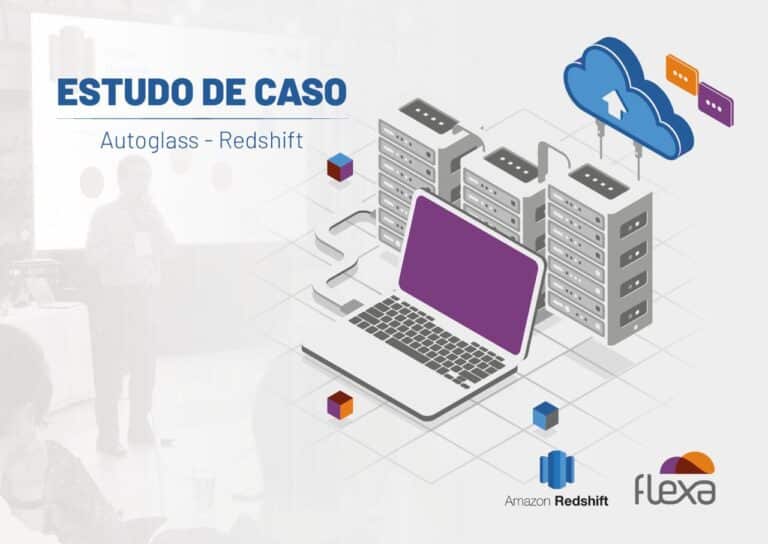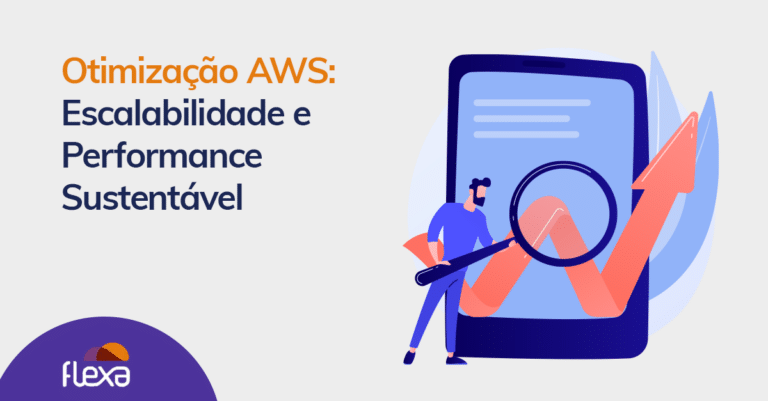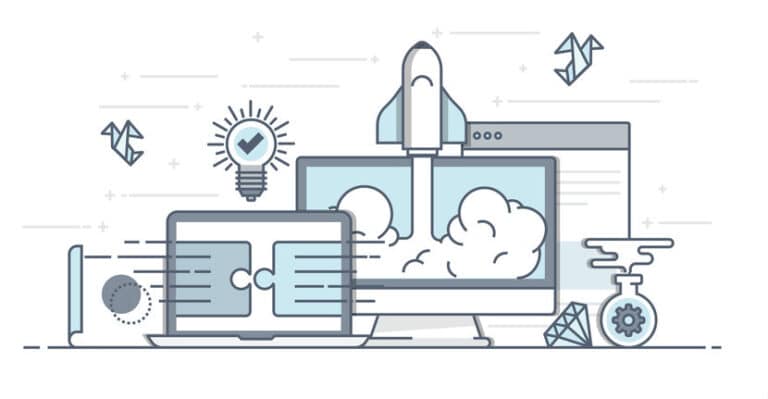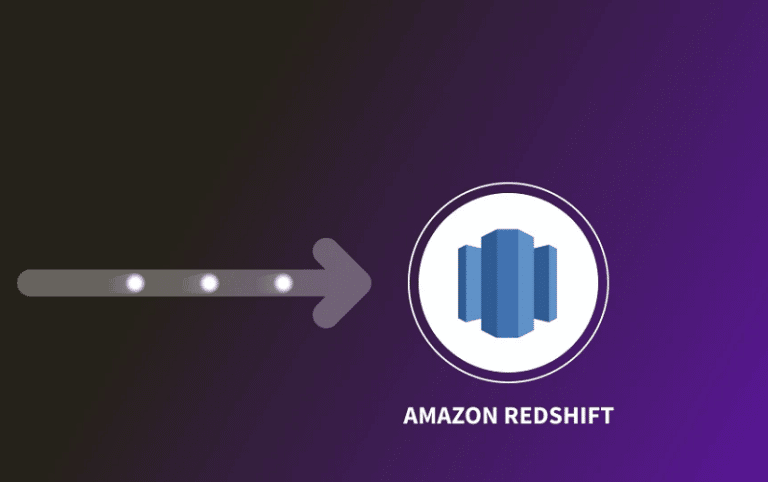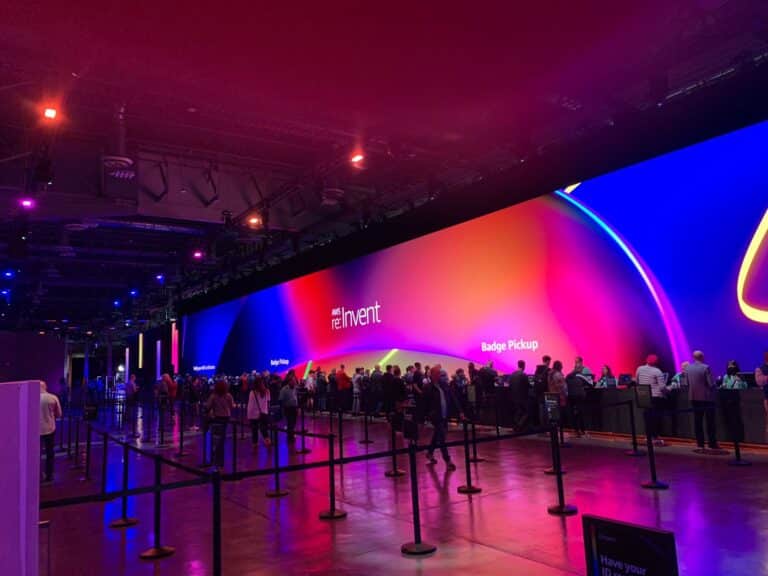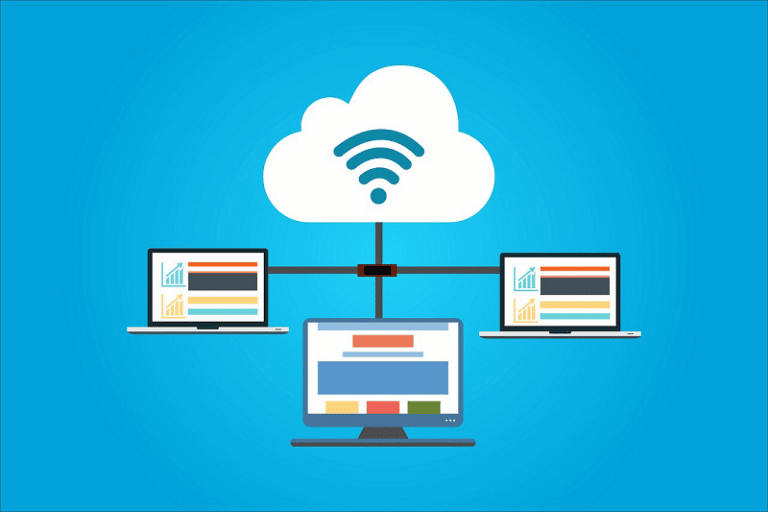When we talk about SIEM (Security Information and Event Management) we are referring to an approach that has been gaining strength as companies become more technological; consequently, they are more subject to risks related to the security of their data.
In this article, in addition to understanding the concept of SIEM, you will see why it is important to invest in this strategy in your business.
Check it out!
what is SIEM
Acronym for Security Information and Event Management, SIEM is an approach to security management that combines the SIM (security information management) and SEM (security event management) functions in one system. security management.
The underlying principles of every SIEM system is to aggregate relevant data from multiple sources, identify deviations from the standard and take appropriate action.
For example, when a potential problem is detected, a SIEM system can record additional information, generate an alert, and instruct other security controls to stop an activity in progress.
At the most basic level, a SIEM system can be rule-based or employ a statistical correlation engine to establish relationships between event log entries. Advanced SIEM systems have evolved to include user and entity behavior analysis and security orchestration, automation and response.
→ Integrating SIEM into your AWS architecture provides tighter controls and more deeply integrated security measures.
How does a SIEM solution work
SIEM systems work by deploying multiple collection agents in a hierarchical manner to gather security-related events from end-user devices, servers, and network equipment, as well as specialized security equipment such as firewalls, antivirus, or intrusion prevention systems.
Collectors route events to a centralized management console where security analysts analyze noise, connecting the dots and prioritizing security incidents.
On some systems, preprocessing can take place on edge collectors, with only certain events being transmitted to a centralized management node. In this way, the volume of information being communicated and stored can be reduced. While advances in machine learning are helping systems flag anomalies more accurately, analysts still need to provide feedback, continually educating the system about the environment.
Why have a SIEM solution in your company
SIEM is important because it makes it easier for companies to manage security by filtering large amounts of security data and prioritizing security alerts generated by the software.
SIEM software allows organizations to detect incidents that would otherwise go undetected. The software analyzes log entries to identify signs of malicious activity.
In addition, because the system gathers events from different sources on the network, it can recreate the timeline of an attack, allowing a company to determine the nature of the attack and its impact on the business.
A SIEM system can also help an organization meet compliance requirements by automatically generating reports that include all security events logged across these sources. Without SIEM software, the company would have to collect log data and compile reports manually.
Finally, a SIEM system also enhances incident management, allowing the company's security team to discover the route an attack takes on the network, identify the sources that have been compromised, and provide the automated tools to stop ongoing attacks.
How to choose a SIEM solution
Here are some of the most important features to look at when evaluating SIEM products:
- Integration with other controls. Can the system provide commands to other company security controls to prevent or stop attacks in progress?
- Artificial intelligence (AI). Can the system improve its own accuracy through machine learning and deep learning?
- Threat intelligence is powered. Can the system support threat intelligence feeds of the organization's choice or is it mandatory to use a specific feed?
- Comprehensive compliance reporting. Does the system include built-in reports for common compliance needs and does it provide the organization with the ability to customize or create new compliance reports?
- Forensic capabilities. Can the system capture additional information about security events by recording the headers and contents of packets of interest?
How about, can we show you what SIEM is and how this approach can make your company even more secure and efficient? Leave your comment!
If you want to know more about this solution and/or other services, schedule a free evaluation with us or contact Contact over here.

